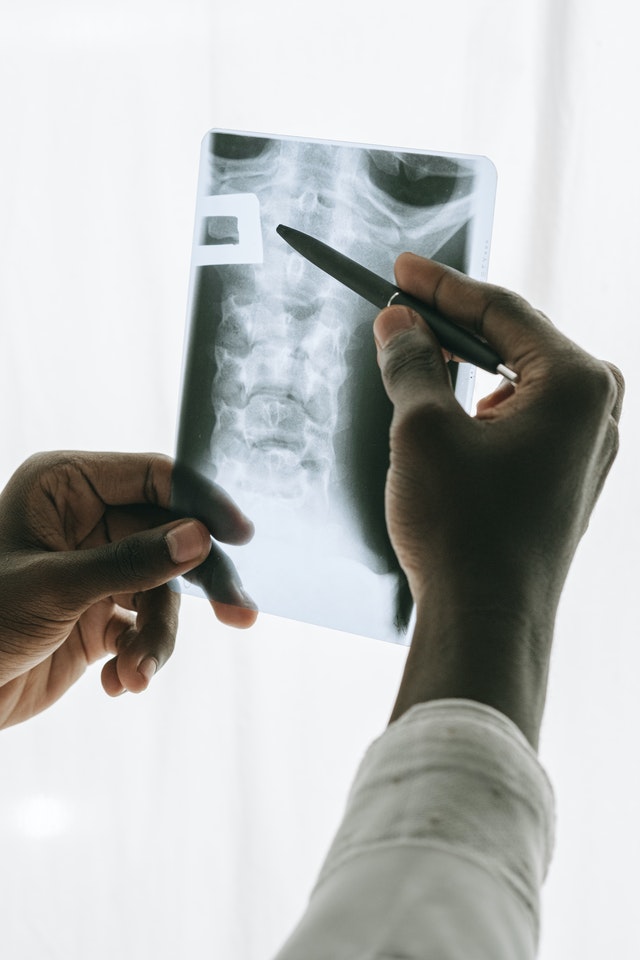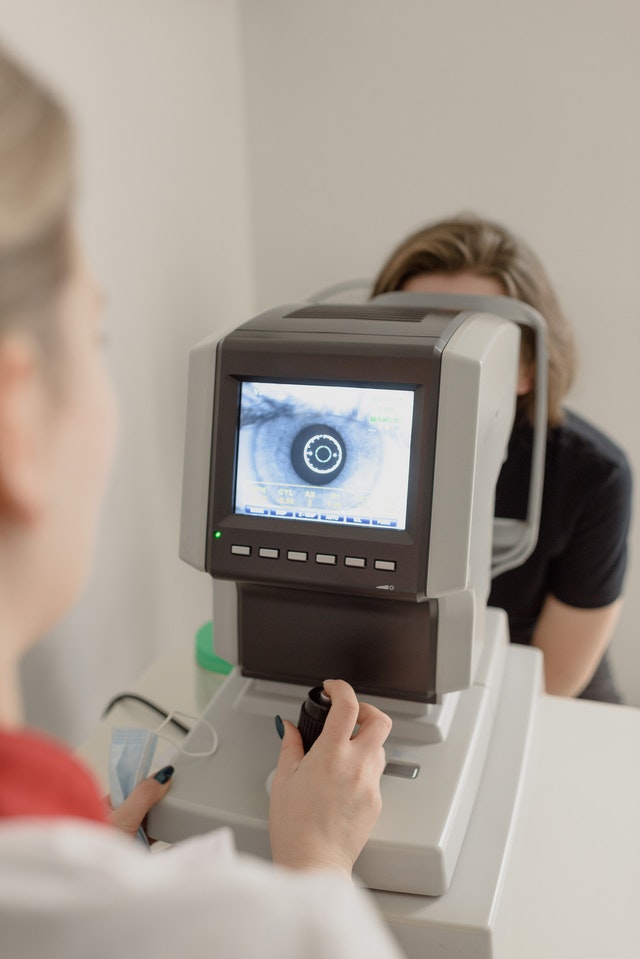Medical thermography is a safe and non-invasive medical imaging technique that uses heat to create images of the body. It is primarily used as a diagnostic tool to identify early signs of breast cancer and other diseases. During a medical thermography scan, a special camera is used to capture images of the body’s heat patterns. These images can be used to identify areas of inflammation or abnormal heat activity, which may be signs of disease.
Medical thermography has several advantages over other medical imaging techniques. First, it does not use radiation, which makes it safe for patients. Second, it is a non-invasive procedure, which means that it does not require any invasive procedures like surgery or needles. Third, medical thermography can be used to detect a wide range of diseases, not just breast cancer. Finally, medical thermography is a relatively inexpensive imaging technique and it can be used as an alternative to traditional diagnostic procedures like x-rays.

If you are a doctor, you can use medical thermography to detect early signs of disease in your patients. To do this, you will need to take a thermal image of the patient’s body. You can then analyze the thermal image to look for areas of abnormal heat activity. These areas may be indicative of inflammation or disease. If you are concerned about a particular area, you can order a follow-up test to determine if there is a problem.
Cancer and other diseases create pockets of heat in the body that are easily visible after a scan. When you notice a trouble area, it’s easy to examine further. Using this advanced technology is akin to having an experienced traveler point you in the right direction when you’re lost. Once you know you’re going in the right direction, you’re OK.
How is medical thermography used?
Medical thermography can be used to detect a variety of medical conditions. Some of the conditions that can be detected include:
- Breast cancer
- Heart disease
- Arthritis
- Autoimmune diseases
- Infections
- Neurological disorders
- Thyroid disorders
- Vascular disorders
Medical thermography can be used to detect these conditions by looking for abnormal heat patterns in the body. In some cases, medical thermography may be able to detect a condition before it is detectable with other methods, such as X-rays or MRIs.
How does medical thermography work?
Medical thermography is a process that uses heat to create images of the body. It is a non-invasive procedure that does not use radiation, and it can be used to detect breast cancer and other diseases. During a medical thermography scan, a special camera is used to capture images of the body’s heat patterns. These images can be used to identify areas of inflammation or abnormal heat activity, which may be signs of disease. Medical thermography is a safe and effective way to detect health problems early, and it can be used as an alternative to traditional diagnostic procedures like x-rays.

What are the benefits of medical thermography?
- Can help identify forms of cancer earlier than other screening methods
- Non-invasive and radiation free
- Provides detailed images of blood flow and metabolism
- Can help assess inflammation and tissue damage
- Can be used to monitor the effectiveness of treatment
- May provide information about a person’s risk for certain diseases
- Many insurance companies cover medical thermography screenings
Risks associated with medical thermography
Medical thermography is a safe and non-invasive diagnostic technique. However, as with any medical procedure, there are some risks associated with it. These include:
- Skin irritation caused by the heat sensor
- Allergic reaction to the heat sensor
- False positive or negative results
How can I find a qualified practitioner?
To find a qualified practitioner, you can ask your doctor for a referral or search for one online. You can also check with the American College of Radiology to find a list of certified practitioners in your area.
How do MRI’s differ from medical thermographer infrared scanning?
MRI’s use magnetic fields and radio waves to create images of the body, while infrared scanning uses heat to create images. MRI’s are more expensive and require a referral from a doctor, while infrared scanning is less expensive and does not require a referral. MRI’s can also provide more detailed images than infrared scanning. However, infrared scanning is a safe and radiation-free procedure that can be used to detect a variety of medical conditions. It is a good option for people who are unable to undergo an MRI.
How do X-rays differ from infrared scanning?
X-rays use radiation to create images of the body, while infrared scanning uses heat to create images. X-rays are more expensive and require a referral from a doctor, while infrared scanning is less expensive and does not require a referral. Infrared scanning is also a safe and radiation-free procedure. However, it may not provide as detailed images as an MRI.
Thermal scanning
Thermal scanning is a method of detecting objects or people by their heat signature. Infrared cameras are used to detect the heat signature of an object or person and create an image based on that information. Thermal scanning can be used for a variety of purposes, such as security, search and rescue, and medical diagnosis.
Thermal scanning is most commonly used in security applications. Thermal cameras can be used to detect intruders in an area without the need for visible light. This makes them ideal for use in low-light or no-light conditions. Thermal cameras can also be used to monitor large areas for potential threats.
Thermal cameras are also often used in search and rescue operations. They can help to locate people who are lost or trapped in difficult to reach places. Thermal cameras can also be used to detect heat signatures in the water, which can help to locate victims of drowning.
Thermal cameras can also be used for medical diagnosis. Thermal imaging can be used to detect a variety of medical conditions, such as tumors, blood clots, and infections. Thermal imaging is also sometimes used to monitor the progress of healing after surgery.
Military applications of thermal scanning
Thermal scanning is also used in military applications. Thermal cameras can be used to detect the presence of enemy soldiers and vehicles in an area. They can also be used to monitor the battlefield for changes in temperature that may indicate the presence of explosives. Thermal imaging can also be used to detect people who are trying to cross the border illegally.
Thermal scanning for search and rescue
Thermal scanning is often used in search and rescue operations. Thermal cameras can help to locate people who are lost or trapped in difficult to reach places. Thermal cameras can also be used to detect heat signatures in the water, which can help to locate victims of drowning.
